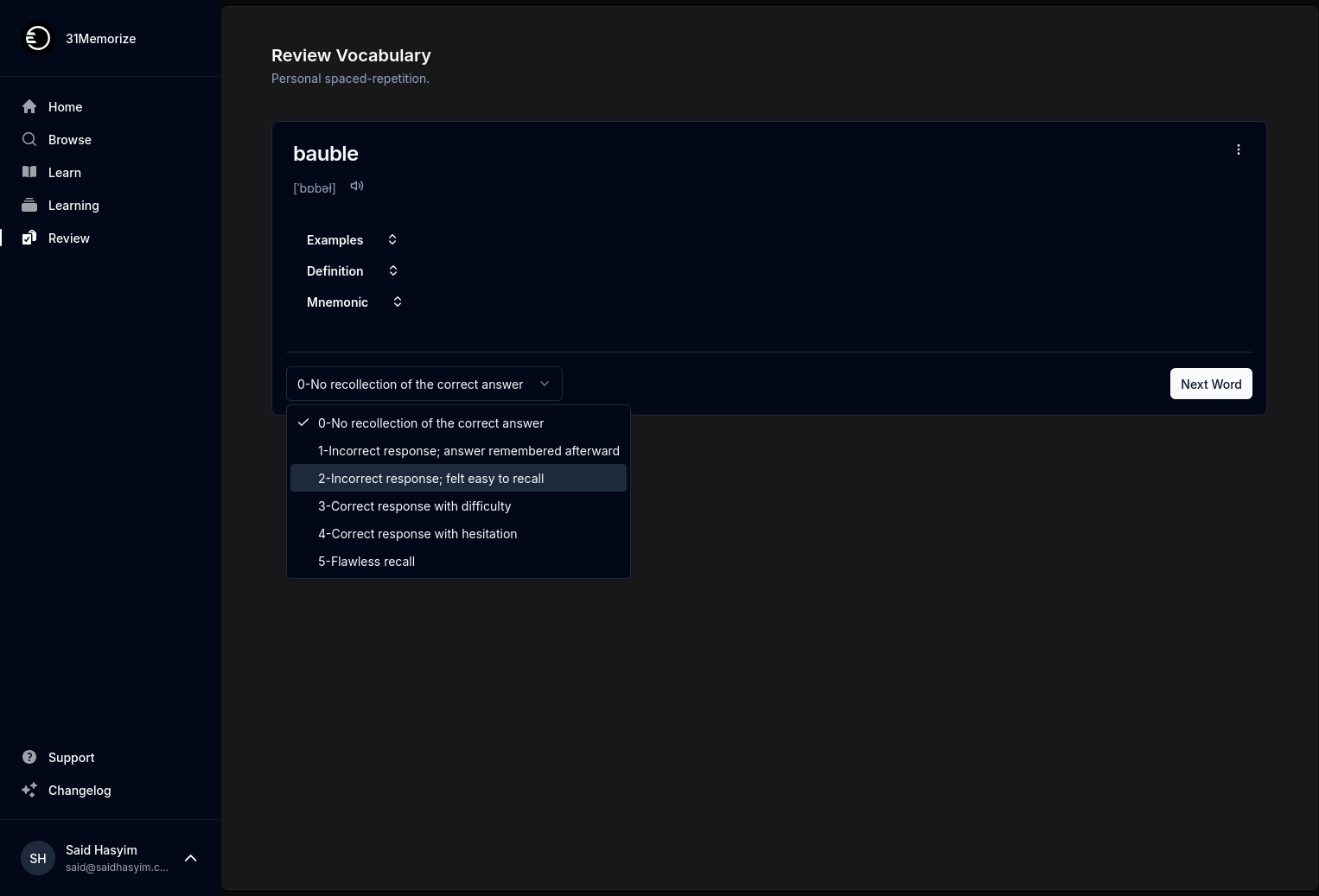Understanding the Synergy of Ratings and Reviews
In an increasingly digital world, consumers rely heavily on online ratings and reviews to make informed decisions. Whether shopping for the latest gadget, booking a hotel, or choosing a restaurant, people often turn to these collective opinions to guide their choices. But what exactly makes ratings and reviews so powerful? In this blog post, we'll delve into the intricate relationship between ratings and reviews, explore their impact on consumer behavior, and discuss how businesses can leverage them for success.
The Basics of Ratings and Reviews
What are Ratings?
Ratings are typically numerical scores, often on a scale of 1 to 5, that provide a snapshot of a product's or service's overall quality. They're quick and easy to interpret, allowing consumers to gauge performance at a glance. Ratings can be purely quantitative, but they often serve as the foundation for the qualitative feedback found in reviews.
What are Reviews?
Reviews, on the other hand, provide contextual comments alongside ratings. They offer personal insights, experiences, and opinions that give depth to the numerical scores. A 5-star rating might indicate satisfaction, but a review can explain the reasons behind that satisfaction, such as exceptional customer service or product functionality. Conversely, a low rating coupled with a detailed review can highlight potential pitfalls, helping consumers avoid poor choices.
The Synergy of Ratings and Reviews
Complementing Each Other
Ratings and reviews serve different but complementary purposes. On their own, ratings can be deceiving; a high rating doesn't always equate to an excellent product if there are only a few ratings contributing to that score. Likewise, reviews can be subjective and based on individual experiences that may not reflect the average consumer's perspective. When combined, however, they provide a fuller picture.
Aggregate Data: Ratings provide an aggregate score that can quickly communicate overall sentiment, while reviews delve into the specifics that inform that score.
Filtering Mechanism: Ratings act as a filter. Consumers can sort products based on their score, which allows them to quickly narrow down options. Reviews can then be examined to ascertain suitability based on personal preferences.
The Influence on Consumer Behavior
Building Trust
One of the primary reasons consumers heed ratings and reviews is trust. In a world where online shopping is ubiquitous, the opinions of fellow consumers can bridge the gap between the unknown and the familiar. Studies have shown that consumers are likely to trust online reviews as much as personal recommendations. This shift has profound implications for businesses; positive ratings and reviews can enhance credibility, while negative feedback can lead to hesitance or abandonment altogether.
Emotional Connection
Reviews tend to evoke emotions. A passionate review recounting an unforgettable experience can resonate with potential customers, making them more inclined to engage. The power of storytelling within reviews creates a narrative that a simple numerical rating cannot convey. This emotional connection can persuade customers to make purchases that align with their values and experiences.
The Bandwagon Effect
Ratings can spark a bandwagon effect, where consumers are swayed by the popularity of a product. If a product has numerous high ratings, new customers may feel compelled to join the crowd, irrespective of their initial intentions. The sheer volume of positive reviews can create a perception of quality that leads to increased sales.
The Role of Businesses
Encouraging Customer Feedback
For businesses, cultivating a robust system of ratings and reviews is crucial. Encouraging satisfied customers to leave feedback can naturally balance reviews, helping to drown out negative experiences that may deter potential customers. This can be achieved through:
- Post-Purchase Prompts: Following up with customers after a purchase, encouraging them to share their experiences and offering incentives for their feedback.
- Simplifying the Process: Making it easy for customers to leave ratings and reviews boosts participation rates. This could involve removing barriers like lengthy surveys or complicated submission processes.
Responding to Feedback
Engagement doesn't end after reviews are submitted. Actively responding to both positive and negative feedback demonstrates that a business values customer input. Engaging with customers fosters a sense of community and helps to validate users' experiences, regardless of whether the feedback is positive or critical.
- Addressing Concerns: Responding to negative reviews allows businesses to show empathy and a willingness to improve. A thoughtful reply can turn a disgruntled customer into a loyal advocate.
- Expressing Gratitude: Acknowledging positive reviews can strengthen relationships with satisfied customers and encourage repeat business.
Analyzing Data
Businesses should closely monitor the ratings and reviews they receive. Analyzing this feedback provides insights into customer preferences and pain points, enabling companies to:
- Identify Trends: Patterns in reviews can highlight areas for improvement or particular features that customers love, guiding product development and marketing strategies.
- Monitor Competitors: Understanding how your ratings and reviews compare to competitors can provide valuable insights into market positioning.
The Bottom Line
In conclusion, understanding the synergy between ratings and reviews is essential for consumers and businesses alike. For consumers, the combination of numerical scores and qualitative feedback offers a powerful decision-making tool, enhancing their confidence in purchases. For businesses, strategically leveraging ratings and reviews can build trust, foster community, and drive sales.
As the digital marketplace continues to evolve, the influence of ratings and reviews will only grow, making it crucial for all stakeholders to grasp their significance. Ultimately, harnessing the power of ratings and reviews means embracing transparency and fostering meaningful connections—components that are invaluable in today's consumer landscape.
